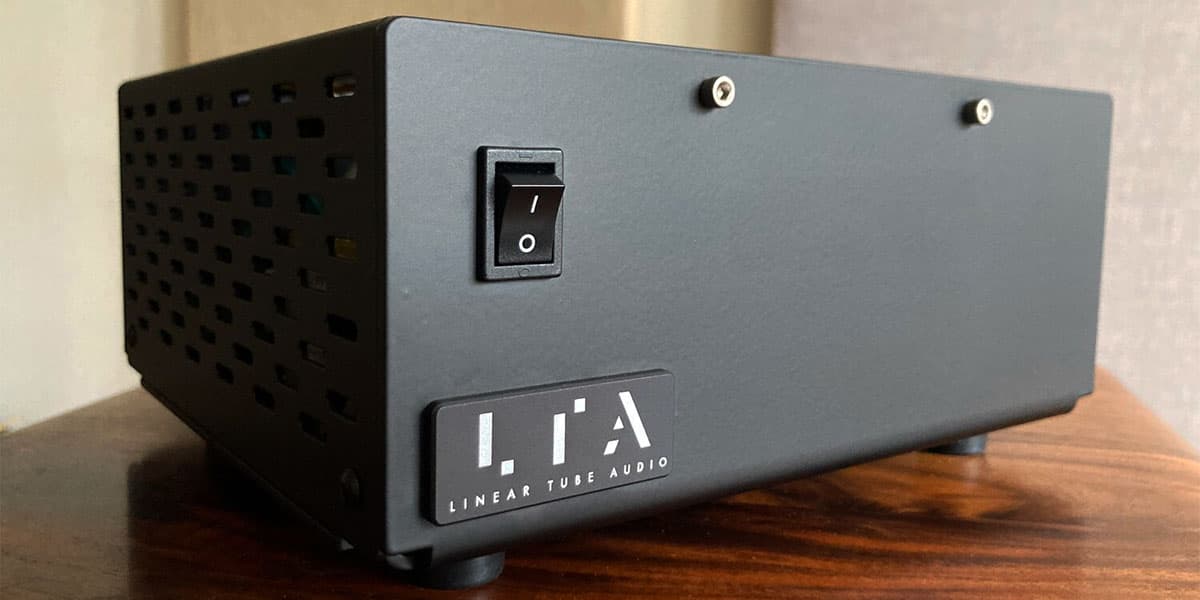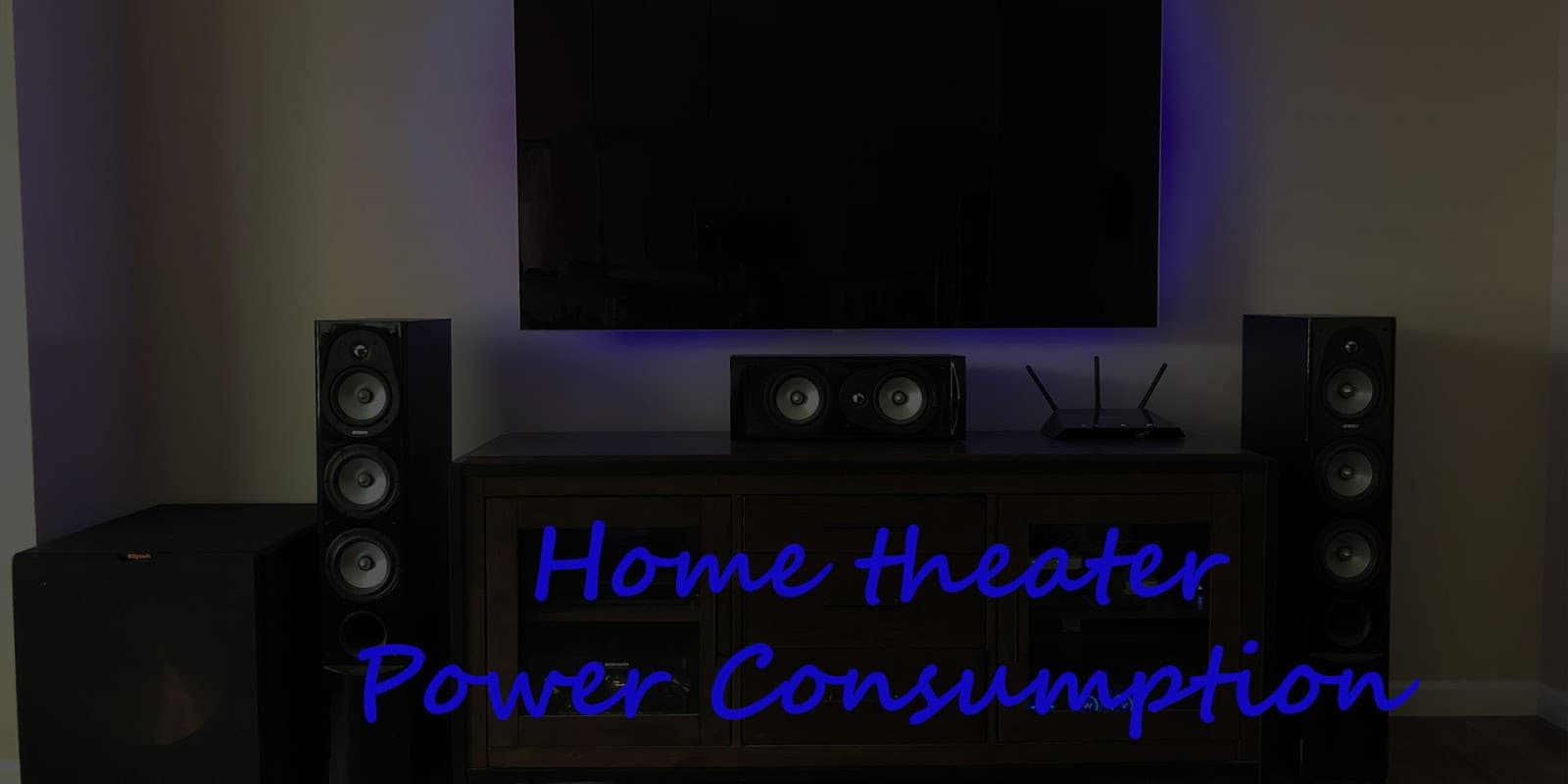I’ve been geeking out lately on finding that sweet spot between killer sound quality and keeping my power consumption in check. I mean, those amps and speakers can really slurp down the juice, you know? But with new energy-efficient audio equipment coming out, I think we can get righteous audio and be eco-friendly.
In this article, I introduce new options to get incredible sound without maxing out your wallet or turning your place into a sauna from all the waste heat. We’ll look at Class D amps, efficient speakers, and other green gear so you can rock out in style while still being kind to Mother Earth.

Understanding sound quality and power consumption
I understand the desire for efficient home audio solutions. We want powerful, moving, and crisp audio across genres and for all media types. Achieving truly high-quality sound relies on quality speakers, advanced amplifiers and DACs (digital-to-analog converters), proper acoustic treatment in your room, and careful calibration.
However, with great sound comes great energy consumption. Modern home theater components increasingly feature advanced technologies that demand higher power – multi-channel amplifiers alone can expend hundreds of watts during peak output. Beyond active use, many parts also continuously draw “standby power” even when turned off. Collectively, this equates to higher energy bills. Yet, we need not abandon the pursuit of audio excellence to save energy. Many eco-friendly home entertainment options exist that allow superb audio fidelity without breaking the electric meter.
The technical balancing act
Navigating the technical tightrope between delivering pristine sound quality and achieving energy efficiency is no small feat for audio engineers. It’s a delicate balancing act where every decision can tip the scales. The challenge lies in the inherent trade-offs: amplifiers that offer the richest sound often consume more power. In contrast, those designed for low power consumption might not deliver the same audio fidelity.
The technical challenges are real. For starters, higher sound quality demands more precise and powerful components, which can significantly increase power consumption. Then there’s the issue of heat dissipation – more power means more heat, and managing that without adding noise or weight is a puzzle in itself.
Thankfully, technological solutions are on the horizon. Innovations like Class D amplifiers have been game-changers, offering efficiency rates of over 90% while still delivering superb audio quality. These amps use pulse-width modulation to reduce wasted energy, translating into cooler operation and lower electricity bills. Additionally, digital signal processing (DSP) advancements enable more accurate sound reproduction with less power. And let’s not overlook materials science, which has brought us lighter, more efficient speaker components that enhance sound without upping the power ante.

Yamaha vs Marantz in power savings
In the Marantz or Yamaha sound quality and energy efficiency debate, it’s apparent that both brands have taken different approaches toward offering stellar audio experiences without sacrificing environmental sustainability. Whether you are drawn by Yamaha’s technical advances, Marantz’s effective results, or the perfect sound-energy balance, the decision boils down to personal taste.
When it comes to finding that sweet spot between impeccable sound quality and energy efficiency, the discussion often lands on Yamaha & Marantz. Both are giants in the audio world, yet each takes a unique path to achieve harmony between power savings and audio nirvana.
Yamaha’s method is a mastery of innovation. It relies heavily on its proprietary technologies, such as the Advanced YST (Yamaha Active Servo Technology) for subwoofers, to provide deep, rich bass without a huge power draw. Besides, their receivers have ECO mode, a feature that reduces power consumption by up to 20% without compromising sound quality. It’s this combination of high-performance audio and energy efficiency that differentiates Yamaha.
Marantz doesn’t lose in the power-saving game, either. The company’s strategy rests on the HDAM (Hyper Dynamic Amplifier Module) technology, which produces clean, strong sound with less energy consumption than conventional amps. With the Auto Standby function, Marantz systems can cut power consumption when unused, thus maintaining high-quality sound and energy efficiency.
